If you’ve been gardening for any length of time, you’re probably familiar with the concept of companion planting. These are plants that can help each other, even directly support each other, in a mutually beneficial way.
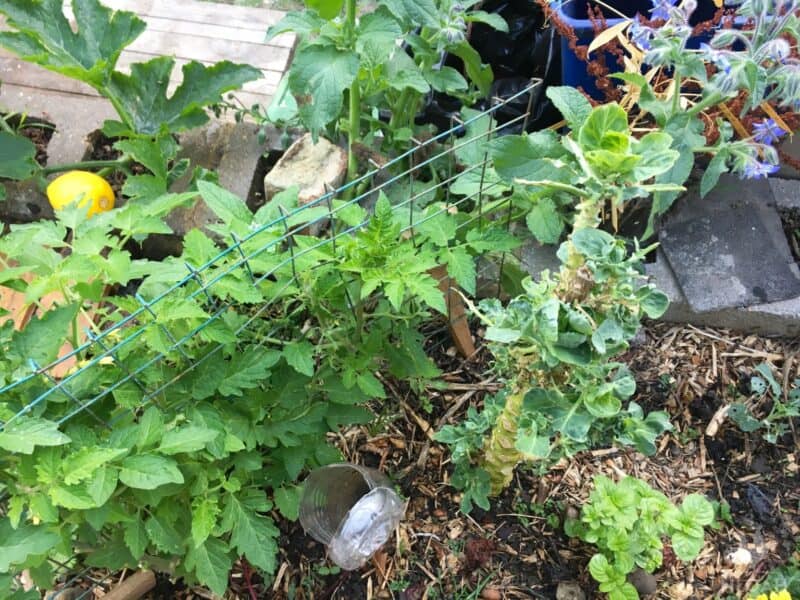
Usually, one plant will require lots of one type of nutrient that the other doesn’t, or it can improve soil conditions, repel pests, and so on and so forth.
It’s always a great strategy and an even better way to maximize the use of your land. However, if you don’t know any better or are careless you can also do the opposite: some plants are mutually or singularly antagonistic to others!
Whether it isn’t enough resources to go around or one simply outgrowing, shading, or entangling the other, some of our favorite veggies just make for terrible neighbors. Keep reading, and I’ll tell you about lots of vegetables that shouldn’t be planted near each other (and why).
Note: Keep Black Walnuts Away from Everything!
Before we get started on the list proper, let’s get one blanket “bad actor” out of the way. Any plants that you care about, and every common fruit and vegetable, must be kept far, far away from black walnut trees unless you want them to die.
That’s because these trees release a compound into the soil, juglone, that is extremely allelopathic, meaning it chemically disrupts germination, growth, and other important biological processes in nearby plants.
A mature black walnut tree can easily kill your veggies before they ever get started, and if they are too close or if the soil becomes contaminated with leaves, bark, nuts, and other plant matter from the black walnut, you’ll notice your plants starting to yellow, shrivel and die back.
Distance is the only reliable protective measure, and you should keep your garden at the very least 60 feet from the trunk of a black walnut tree.
The chemicals radiate out from the drip line and also from the roots, and though some people will tell you that an in-soil barrier of charcoal, or a physical barrier to prevent the spread of the compound will work, I’ve seen too many failures to risk it.
As nice as they are, keep these trees at a distance if you care about your garden, and stick to harvesting black walnuts in places far away from your garden!
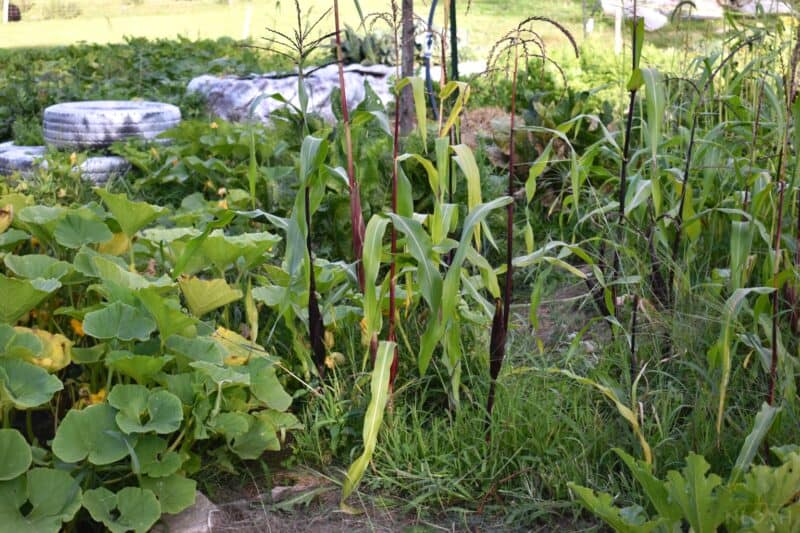
What Not to Plant Near Corn
Corn is the most popular grain in the US and both it and its byproducts are found in nearly everything.
Naturally, we’ve got corn down to an exact science when it comes to growth, and that science tells us you should avoid planting various fruits and veggies near it both for the sake of the corn and for the sake of these other plants.
For starters, tomatoes should be kept far away, mainly because corn will typically grow tall and fast, shading out vulnerable tomato seedlings, but also because both plants share a devastating and common enemy in the form of the cotton bollworm, sometimes known as the tomato fruitworm.
One pest, once established, can easily wipe out both crops and that’s a double whammy you can’t afford.
Likewise, corn will easily shade out low-growing plants like cucumbers and peppers, minimizing your harvest, and you can get another mutual failure if it is planted too close to pumpkins and squash which are notoriously nutrient hungry just like corn is.
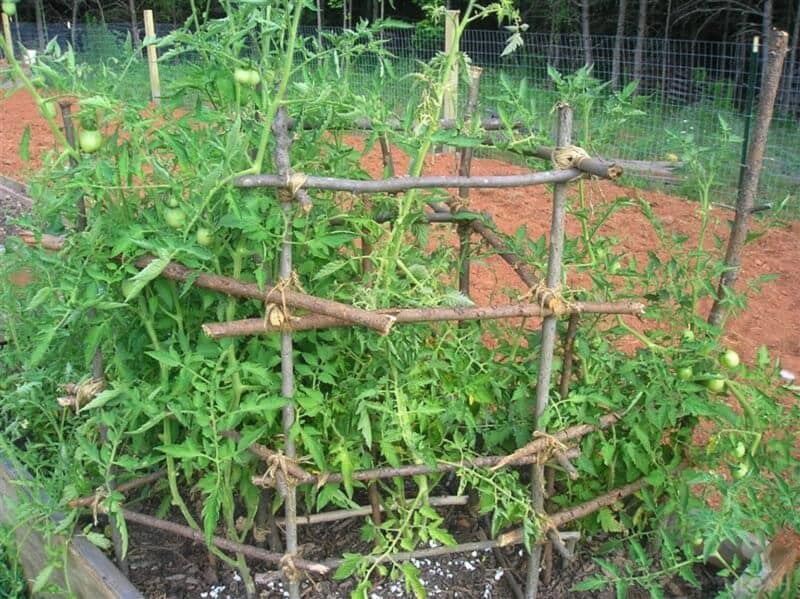
What Not to Plant Next to Tomatoes
We know we shouldn’t plant tomatoes next to corn, but what else should we keep them far away from, or keep far away from them? Seasoned gardeners know that tomatoes can be notoriously fussy already, so we have to give them every opportunity to thrive.
Potatoes, fennel, and various brassica family vegetables like cauliflower, broccoli, brussels sprouts, and so forth should all be kept at a safe distance owing to shared soil nutrient requirements and also mutual pests, mostly various species of aphids and hornworms.
Depending on the planting time, tomatoes may also shade out other low-growing veggies.
Tomatoes have a reputation as not doing well with any companion plantings, that’s just not true, as they’ll do fine with carrots and celery nearby.
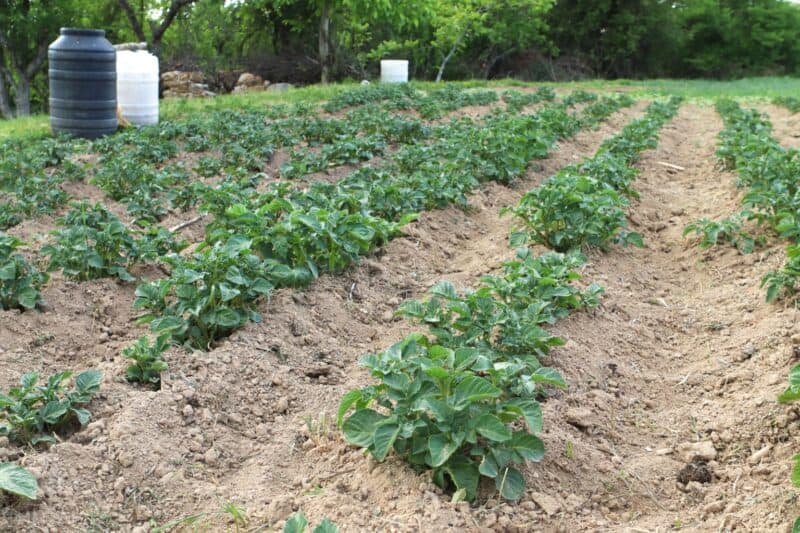
What Not to Plant Near Potatoes
Potatoes as mentioned already, should be kept far away from tomatoes due to competitive resource requirements, but there are other plans besides including a few that you wouldn’t expect…
One notoriously bad choice is cucumbers. Although it might seem like they could do okay next to each other considering their differing growth habits, that just isn’t the case. Shading can be an issue, but even more important is the propensity of cucumber beetles to attack both plants.
Potatoes are also vulnerable to having soil pH levels disrupted by their neighbors, particularly various kinds of beans and zucchini. Both can also suffer from potato blight, surprisingly enough.
Also, keep your sunflowers far away from potatoes: obviously, a towering sunflower could easily shade out a potato plant completely, especially when planted in a dense cluster, but more importantly is that sunflowers generate a disruptive compound that can stunt the growth of potatoes. Not good!
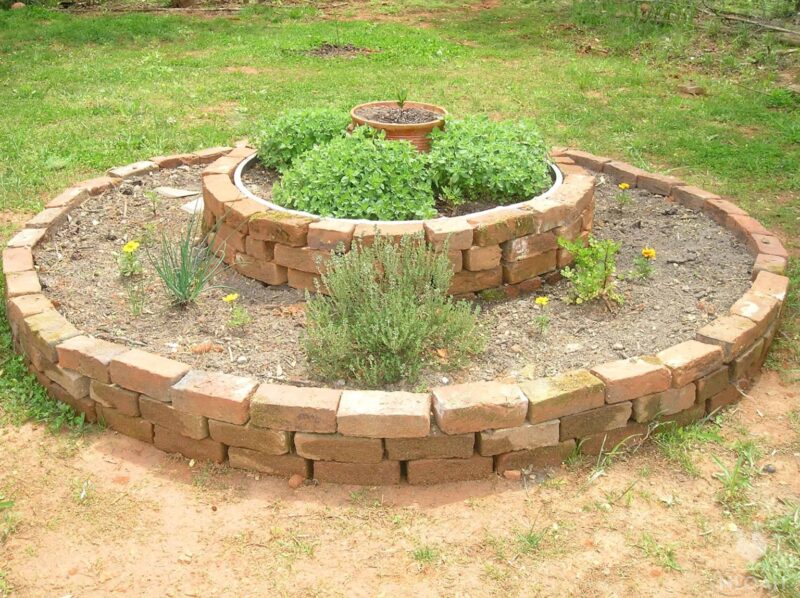
What Herbs Not to Plant Together
The old rule of thumb that you can plant any herb next to any other in the ground or in a container is flat-out not true. There are so many exceptions that this rule of thumb isn’t a rule of thumb at all!
Let’s get the easy one out of the way. Mint must always be planted in an isolated manner. This stuff spreads like wildfire and if you don’t have it compartmented or actually in a container, it will strangle and take over other nearby plants, particularly neighboring, delicate herbs.
Other combinations that you should avoid are fennel with nearly anything, since it releases those harmful compounds we’ve been talking about that can interfere with other plants and especially other herbs. Dill and sage are safe bets, though, and you can also plant it next to peas and lettuce without worry.
Likewise, pay close attention to the water and light requirements of your different plants: Rosemary needs to stay dry, whereas parsley, basil, and other herbs want to stay moist. If you’re taking care of one, you’re hurting the other…
Also, take care with dill: most herbs do okay at repelling a majority of pests, but still attract certain insects that will attack your veggies instead! The carrot fly is one such notorious offender, and will also prey on parsley.
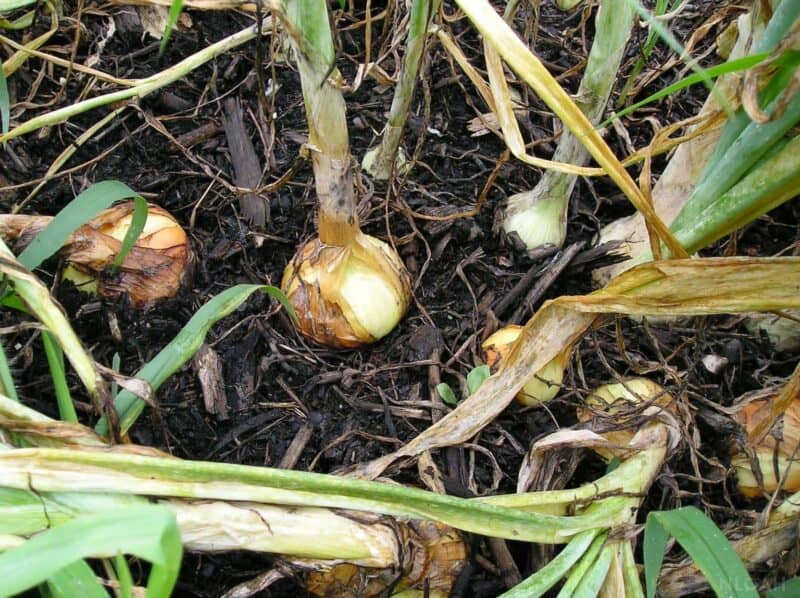
What Should Not Be Planted Next to Onions
Onions are easy to grow, typically bountiful, and one of the best vegetables for beginning gardeners. That being said, they can cause problems with soil nitrogen levels, meaning you need to take care of other nitrogen-hungry plants and veggies like peas.
Onions can also be problematic due to their growth habit, and any vegetable or other plant that grows rhizomatically, such as asparagus, is a very poor choice for a neighbor since the root systems of both plants will interfere with each other, potentially leading to the loss of both.
Onions also have their own pests, namely onion flies of various species, which can also damage several other fruits and veggies, though this is regionally dependent.
As a rule of thumb, it’s a good idea to plant onions by themselves, the other allium family plants like garlic will be fine next to them as long as there are adequate nutrients for both of them.
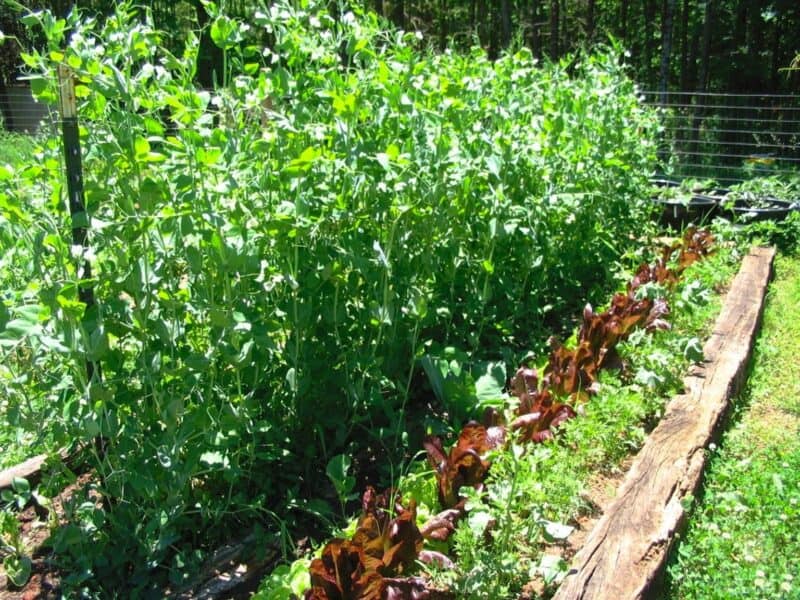
What Not to Plant With Peas
Peas are surprisingly delicate. They won’t do well next to nutrient-gobbling plants like tomatoes, cucumbers, zucchini, pumpkins, and other kinds of squash. Any sort of tall growing plant is also right out as peas that get overshadowed will suffer terribly and have small, poorly developed pods.
Potatoes are also a no-go as many pests that affect both plants will be more than happy to chow down on the other, leading to double the pest damage for the same number of insects and other critters.
Lastly, avoid planting peas near any allium family plans like onions above and garlic featured elsewhere on this list: both release allelopathic compounds which will chemically stunt the growth of your peas no matter the other conditions. That’s just a waste of time and resources!
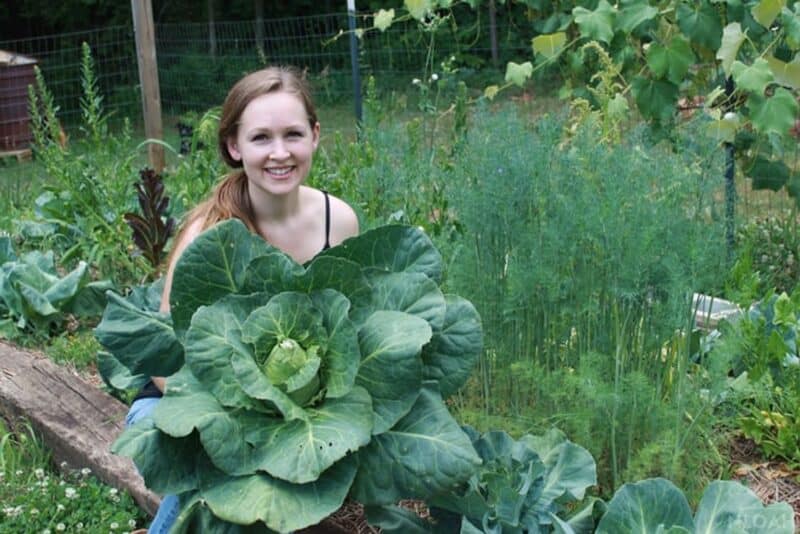
Avoid Planting These Near Cabbage
Cabbage belongs to the brassica family, and so should be kept far away from your tomatoes as mentioned above. Other than that, bushy and vining veggies are problematic because they tend to be mutually antagonistic in their growth habit when starting out.
Common cabbage diseases can also affect various kinds of berries, tomatoes, and potatoes. Likewise, common cabbage pests in the form of beetles and aphids will be more than happy to dine on any other nearby plants.
Sadly, many other popular and common garden veggies and fruits are a bad choice for companion planting next to cabbage, though cabbage can do fine when planted near most herbs that have similar soil requirements or various ornamental flowers.
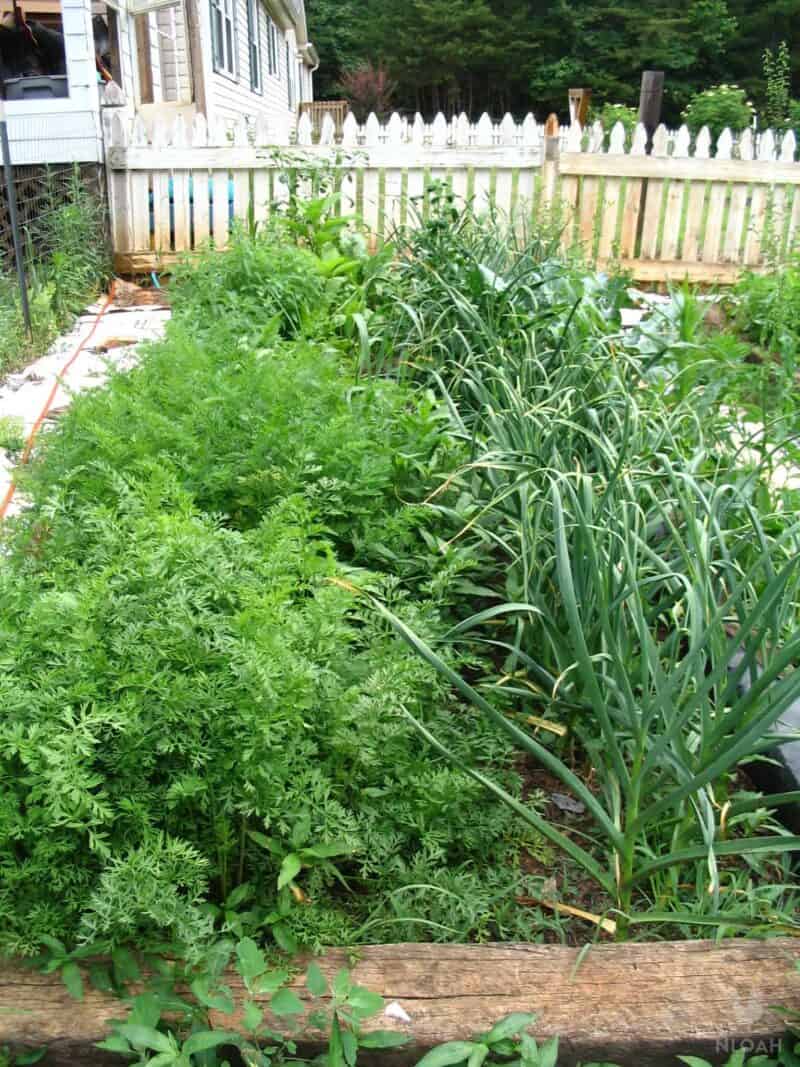
What Not to Plant Next to Garlic
The temptation to use garlic as a pest repellent is very strong, and it’s one of the best natural options for keeping crop-eating critters at bay. But garlic, as with other allium family veggies, is still highly antagonistic towards peas and other legumes.
Garlic, like onion, is also a bad choice for planting near many herbs, parsley, and cilantro being foremost among them. Plants that grow rhizomatically like asparagus, bamboo, and others are also no-gos since they’ll destroy garlic’s roots and bulbs.
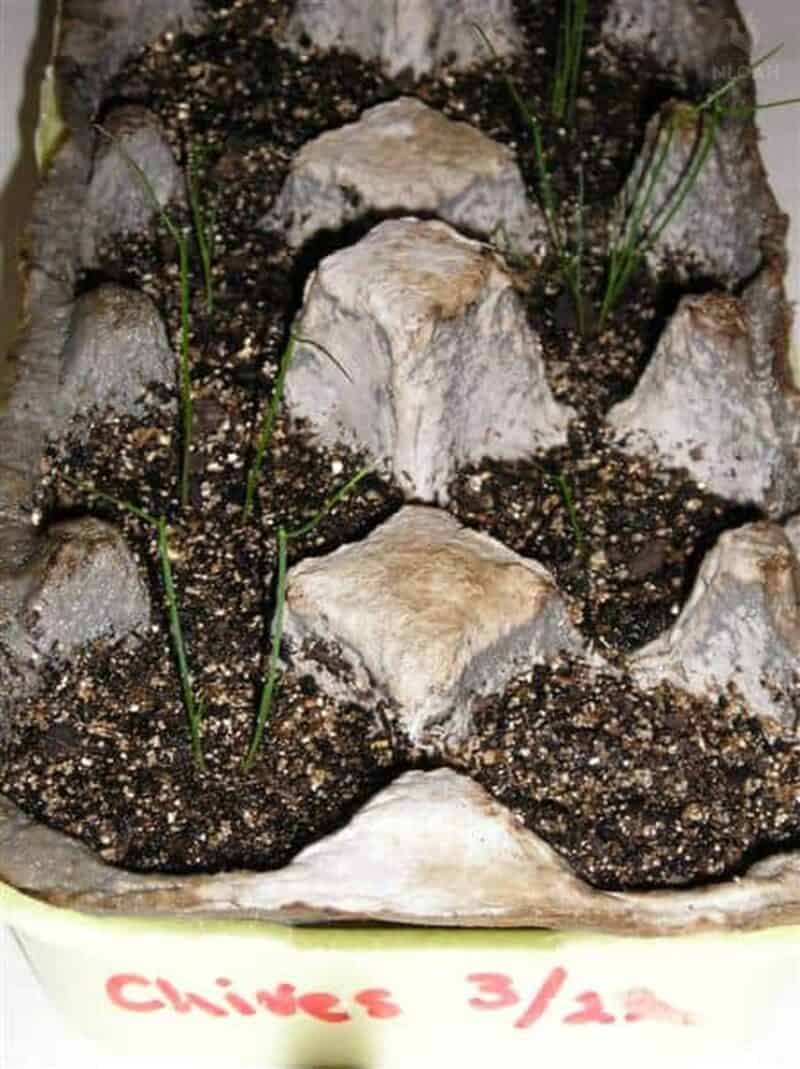
What Not to Plant With Chives
Another allium genus plant, and that means you need to keep it far away from beans, peas and all of the other plants mentioned in the section for garlic and onions.
Noted too that chives are particularly competitive with many already delicate herbs and other plants, and the temptation to plant chives alongside other kitchen herbs for fresh picking is strong, but you don’t want to do that.
Keep it in a separate container if your intention is to harvest it regularly while fresh for use in your meals.
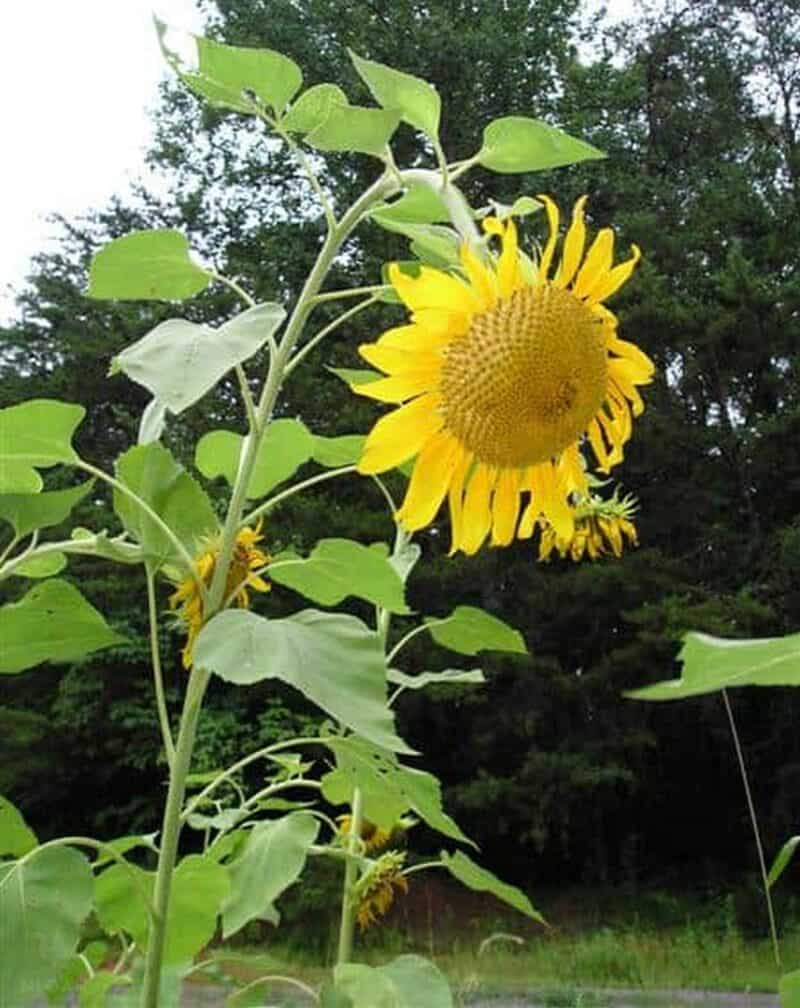
What Not to Plant With Sunflowers
Most seasoned gardeners will tell beginning green thumbs horror stories about watching their sunflowers go altogether too right and cast a long, wide shadow over the rest of their garden- much to the horror of the poor soul that planted them in the first place!
Yes, the shading issue associated with larger sunflower varieties is very real. It needs to be taken seriously, and only the most shade-tolerant fruits and veggies will survive them if planted densely.
Aside from that blanket cautionary statement, even smaller sunflowers can have negative effects on various other veggies due to the disruptive compounds they release into the soil.
Potatoes are the most well-known and averse to it, but the good news is sunflowers do not discharge it very far into the soil compared to the same issue with the juglone released from black walnut trees.
Keep your potatoes at a distance, carefully plan your garden around the shady patch they will create, and you won’t have many problems otherwise.
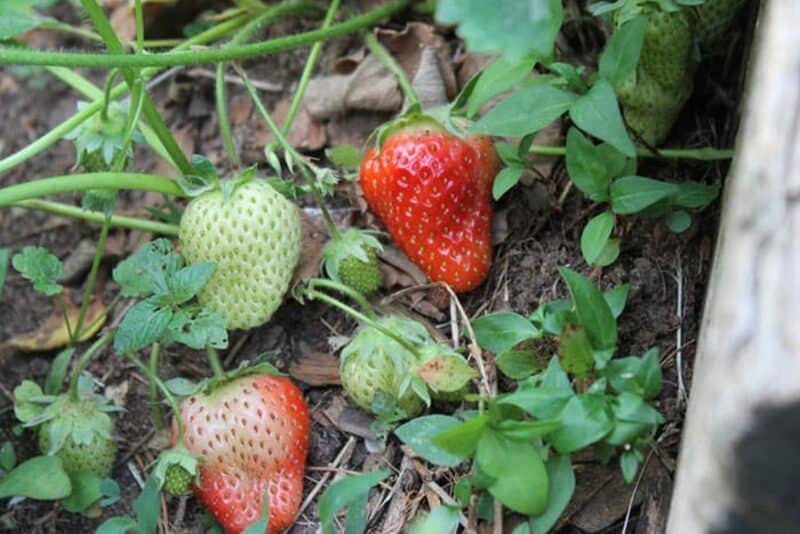
What to Avoid Planting With Strawberries
Strawberries are popular and delicious but highly delicate, made all the worse because there are many common vegetable diseases afflicting broccoli, cabbage, and other brassica plants that can absolutely decimate them.
The most well-known, and also one of the most devastating, is verticillium wilt, caused by fungal spores. This nasty disease can easily cripple your strawberry plants, wiping them out, and then spread even further.
So whatever plants are on the far side of your strawberries will be made vulnerable by this one initially bad planting choice.
Other than that, be alert of any fruit or veggie that grows in a bushy fashion as competing growth habits can cause entanglement and binding. You can plant strawberries alongside lots of other plants, though.
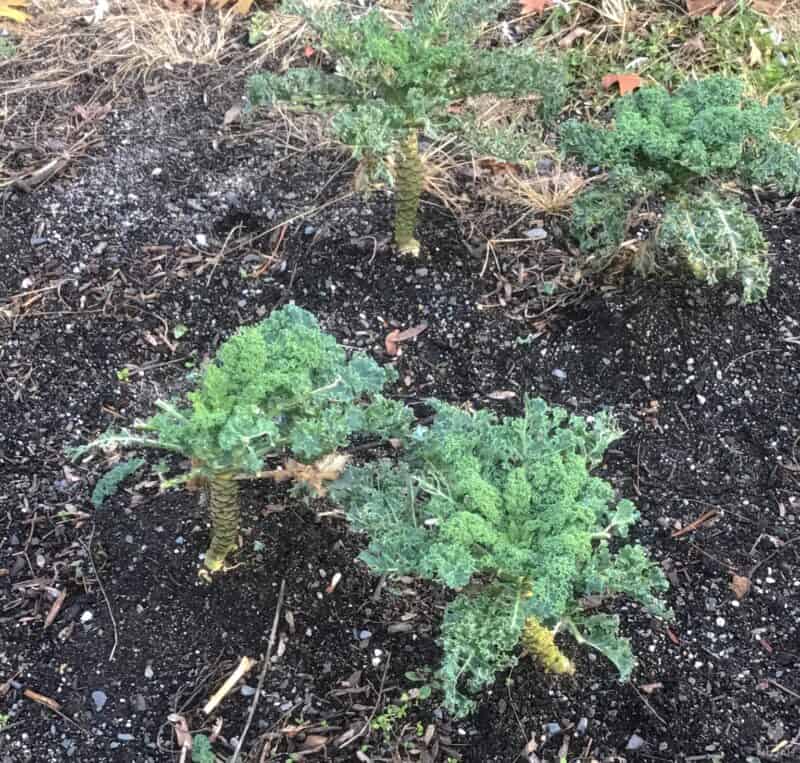
What Not to Plant With Kale
Kale grows pretty well, surprisingly enough, next to allium-genus plants like chives, garlic, and onions but that’s about it.
It is overtly antagonistic to legumes, beets, radishes, and similar plants as it competes with them for the same kinds of nutrients while there is a risk of their roots getting entangled.
Kale is surprisingly vulnerable to many common garden pests, too, including ones that are attracted to veggies like squash, tomatoes, cabbage, and certain varieties of lettuce.
Keeping them far away or planting other, resistant plants between kale and them will minimize damage in case one or the other gets infested.
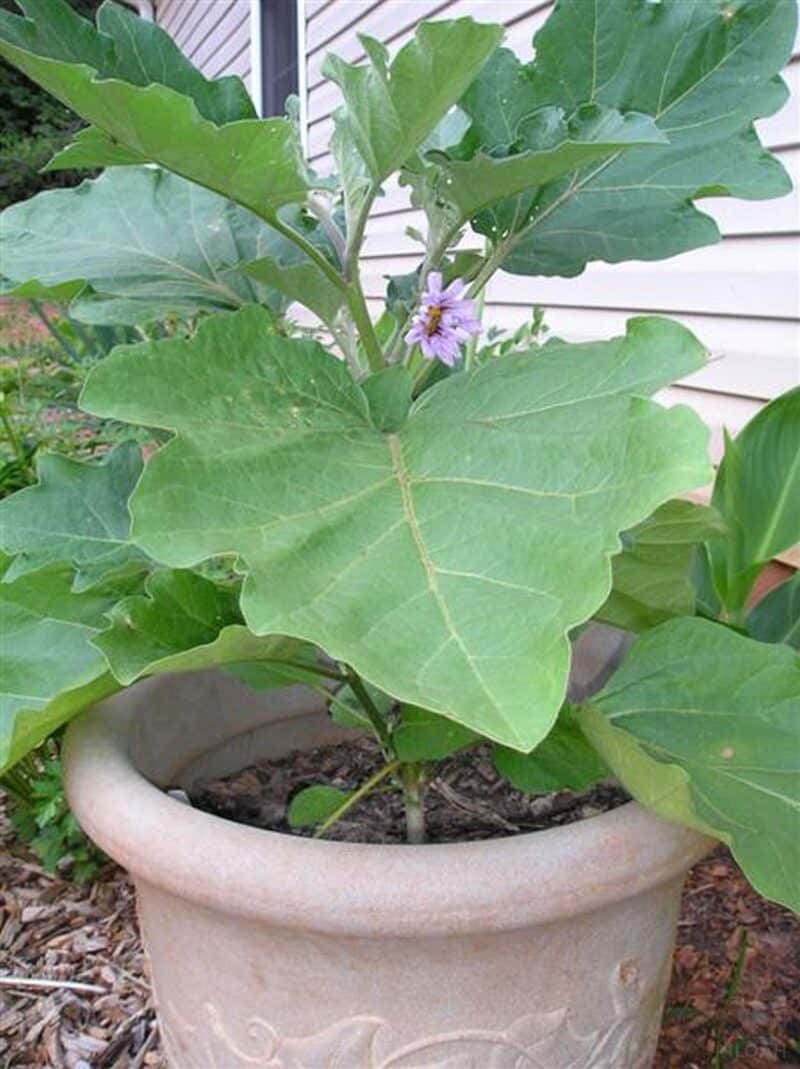
What Not to Plant With Eggplant
Eggplant should be kept away from other nightshade family veggies. Yes, eggplant is a nightshade, and so are its cousins: potatoes, tomatoes, and peppers.
All of these plants are particularly vulnerable to pests that prey on nightshades, and I’ve seen more than one garden absolutely wiped out by a sudden and surging infestation. Shared diseases like blight are another major threat.
Eggplants are also heavy feeders, and you shouldn’t plant any other hungry veggies nearby like squashes, pumpkins, broccoli, etc.
Also, I’ve mentioned fennel several times already on this list, but you should know that it is especially antagonistic to eggplant in particular, and you should expect failure to germinate and severely stunted plants if fennel is nearby.
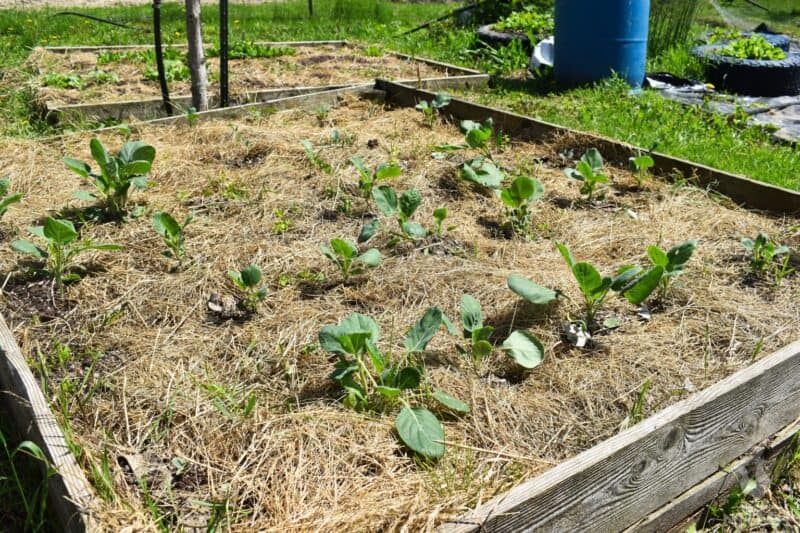
Bad Companion Plants for Broccoli
Last but not least, broccoli, another brassica veggie, should be kept clear of legumes, berries and the aforementioned nightshade family vegetables such as eggplant, tomatoes, peppers, and potatoes…
They compete for many of the same nutrients, and in some cases, one or the other can hinder the growth of its neighbor depending on which gets started first.
Also of note is that broccoli pests can infest and severely damage peppers and tomatoes particularly, so keep a close eye on both even if you have them separated.
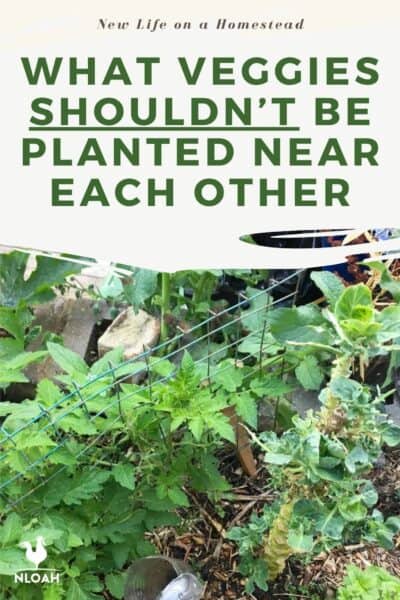
Tom has lived and worked on farms and homesteads from the Carolinas to Kentucky and beyond. He is passionate about helping people prepare for tough times by embracing lifestyles of self-sufficiency.

Can one plant artichoke next to pole beans and tomatoes and peppers?